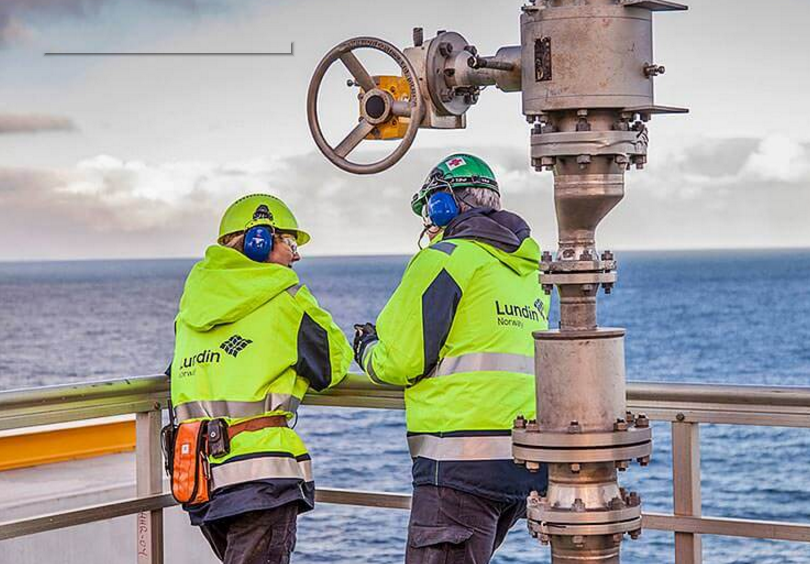
Ludin Norway drilled a series of appraisal wells to scope out the wider potential of its Alta oil and gas discovery.
The wells were drilled about two kilometres south of the discovery well 7220/11-1, about three kilometres north-northeast of the appraisal wells 7220/11-3 and 7220/11-3 A and 190 kilometres northwest of Hammerfest.
The discovery was proven in carbonate rocks in the Gipsdalen group in October 2014. Before the latest appraisal wells were drilled, the operator’s resource estimate for the discovery was between 20 and 64 million Sm3 of recoverable oil equivalents.
The objective of the first appraisal well was to delineate the eastern flank of the discovery by investigating the reservoir extent of conglomerates of the Late Permian to Early Triassic Age, Late Carboniferous to Early Permian carbonate rocks (Ørn formation), hydrocarbon columns and the quality of Carboniferous reservoir rocks (Falk formation).
The objective of the second well was to delineate the discovery about one kilometre north of 7220/11-4, investigate the extent of Late Permian to Early Triassic conglomerates and the quality of Late Carboniferous to Early Permian carbonate rocks (Ørn formation).
The first well encountered a 48-metre hydrocarbon column in Late Permian to Early Triassic conglomerates, of which 44 metres was an oil column.
The second well encountered a 54-metre hydrocarbon column in Late Permian to Early Triassic conglomerates and carbonate rocks in the Ørn formation, of which 44 metres was an oil column.
The reservoir quality through the oil column varied in both wells. Several zones have very good permeability. The hydrocarbon contacts were the same in both wells.
Extensive data acquisition and sampling have been carried out. Pressure data shows the same hydrocarbon contacts as observed in previous wells drilled on the discovery and confirms good communication over the Alta structure.
The resource estimate will be reassessed based on the results from the appraisal wells.
Recommended for you
